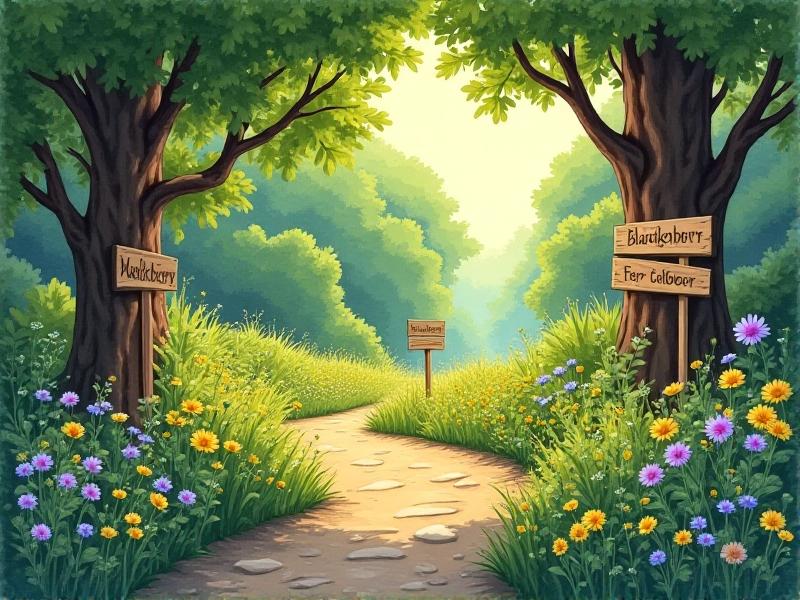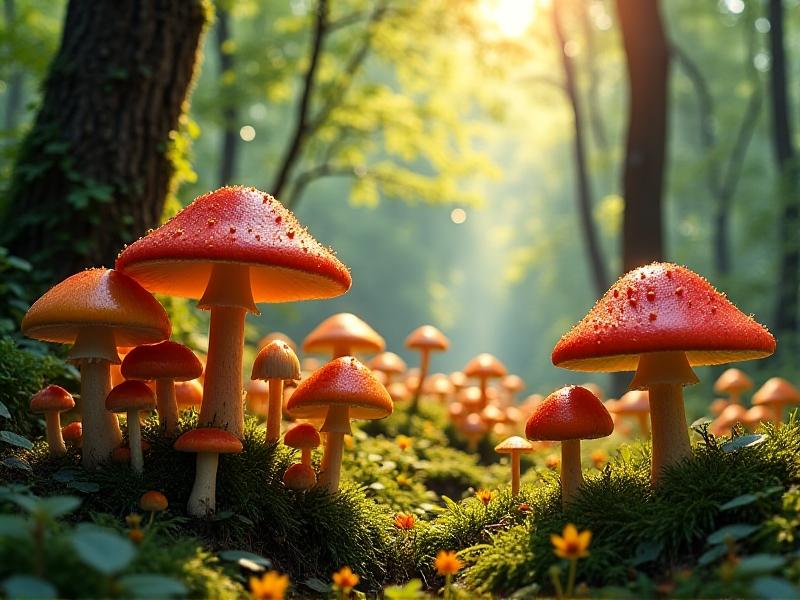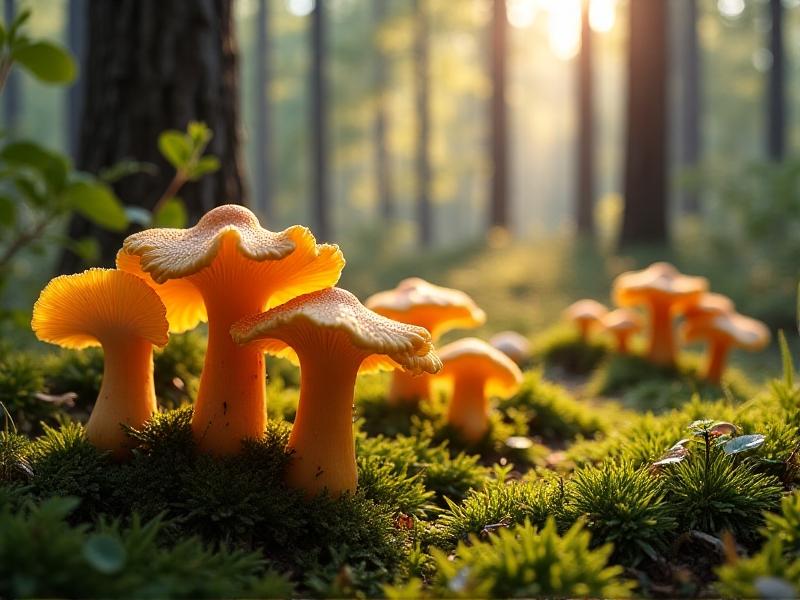Minimizing Ecological Impact Through Low-Density Foraging Practices
Understanding Low-Density Foraging: A Sustainable Approach
Low-density foraging is a practice that emphasizes minimal ecological disruption while gathering wild resources. Unlike intensive foraging methods that can deplete ecosystems, low-density foraging focuses on taking only what is needed and leaving the environment largely undisturbed. This approach aligns with principles of sustainability, ensuring that natural habitats remain intact for future generations. By understanding the balance between human needs and ecological health, foragers can contribute to the preservation of biodiversity.

The Ecological Benefits of Low-Density Foraging
Low-density foraging offers numerous ecological benefits. By limiting the amount of resources harvested, foragers help maintain the natural balance of ecosystems. This practice reduces soil erosion, prevents the overharvesting of plant species, and supports wildlife habitats. Additionally, low-density foraging encourages the growth of diverse plant populations, which can enhance ecosystem resilience. These benefits highlight the importance of adopting foraging practices that prioritize environmental health over short-term gains.

Techniques for Effective Low-Density Foraging
Effective low-density foraging requires a combination of knowledge, skill, and mindfulness. Foragers should familiarize themselves with local plant species, understanding which ones are abundant and which are rare or endangered. Tools like field guides and apps can aid in identification. Additionally, foragers should practice selective harvesting, taking only mature plants and leaving younger ones to grow. Techniques such as rotating foraging locations and avoiding sensitive areas further minimize ecological impact. These strategies ensure that foraging remains a sustainable activity.

The Role of Community in Promoting Sustainable Foraging
Communities play a crucial role in promoting sustainable foraging practices. Local initiatives can educate foragers about the importance of low-density methods and provide guidelines for responsible harvesting. Community-led foraging events foster a sense of shared responsibility and encourage the exchange of knowledge. By working together, communities can create a culture of sustainability that benefits both people and the environment. This collective effort is essential for the long-term success of low-density foraging.
Challenges and Solutions in Low-Density Foraging
While low-density foraging offers many benefits, it also presents challenges. Foragers may face difficulties in identifying edible plants or accessing suitable foraging locations. Additionally, the increasing popularity of foraging can lead to overharvesting in certain areas. To address these challenges, foragers can participate in workshops, collaborate with local conservation groups, and advocate for protected foraging zones. These solutions help ensure that low-density foraging remains a viable and sustainable practice.
Low-Density Foraging and Cultural Heritage
Low-density foraging is deeply rooted in cultural heritage, with many indigenous communities practicing sustainable harvesting for centuries. These traditions offer valuable insights into living harmoniously with nature. By learning from indigenous knowledge, modern foragers can adopt practices that respect both cultural and ecological values. This connection to cultural heritage enriches the foraging experience and underscores the importance of preserving traditional wisdom for future generations.
Integrating Low-Density Foraging into Modern Lifestyles
Integrating low-density foraging into modern lifestyles requires a shift in mindset and habits. Foragers can start by incorporating wild edibles into their diets, such as herbs, berries, and mushrooms. Urban foraging, which involves gathering plants in city environments, is another way to practice sustainability in everyday life. By making foraging a regular activity, individuals can reduce their reliance on industrial agriculture and reconnect with nature. This integration fosters a more sustainable and fulfilling way of living.
The Future of Low-Density Foraging: A Path to Sustainability
The future of low-density foraging lies in its potential to contribute to global sustainability efforts. As awareness of environmental issues grows, more people are likely to adopt foraging practices that minimize ecological impact. Governments and organizations can support this movement by creating policies that protect foraging areas and promote education. By embracing low-density foraging, society can move toward a more sustainable future where humans and nature coexist harmoniously.








